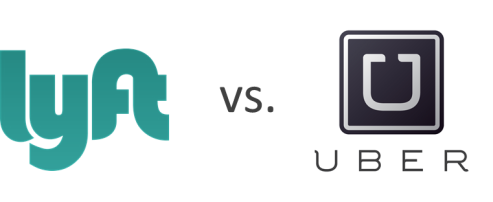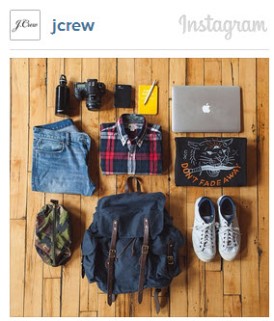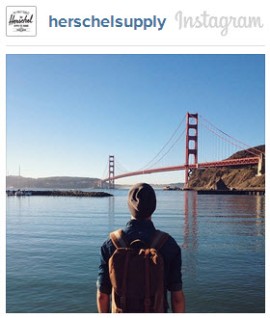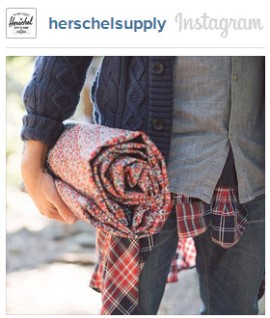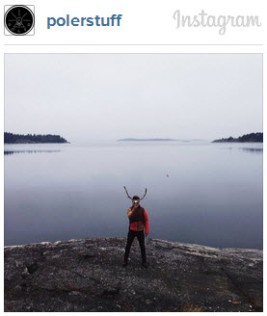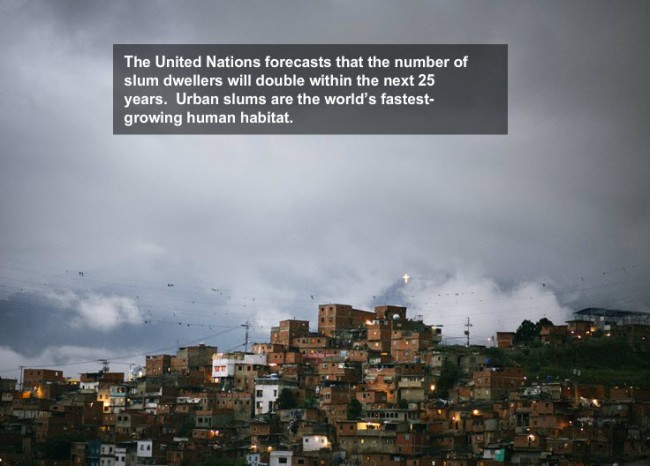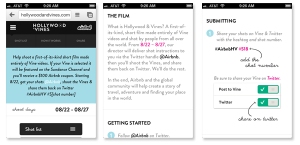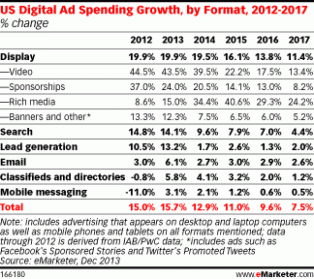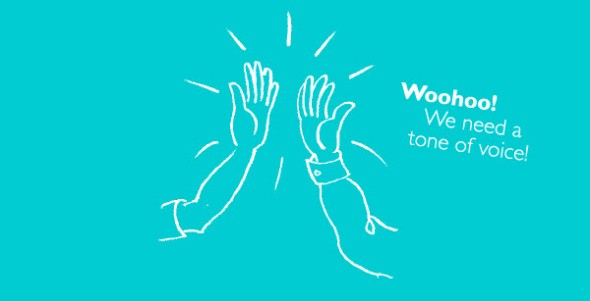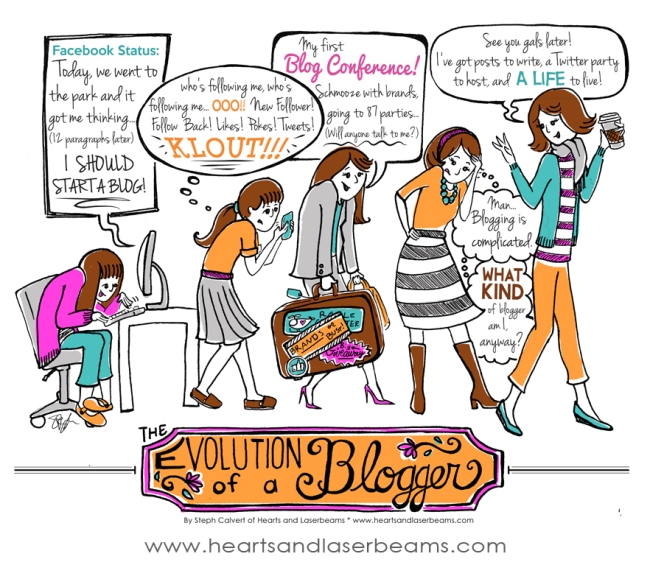When it comes to a techy way to catch a cab, consumer options are continuing to grow. In my own small North Charlotte, NC suburb, I continue to see giant pink mustaches attached to car fronts signaling that Lyft has entered and is growing in the market. The big competition right now is between two San Francisco start-ups; Lyft and Uber. So which one is better and who is winning?
Before diving into the competition, I just want to make sure everyone knows what I’m talking about. Lyft and Uber are public transportation alternatives to cabs, railways and buses that are showing up in cities and suburbs around the globe. In order to catch a ride or get picked up by one of these services, a user has to download the app to their mobile device, register their information and then they are enabled to use these services. Uber is closest to a cab service and often sends a town car but passengers can also choose a cab or SUV. Lyft is all about ride sharing. If a Lyft driver has a car, is in your area and has a seat available, they’ll pick you up. The business models are slightly different but most users have both apps on their phones depending on the type of service they are looking for at a particular moment. Who would’ve thought that emerging media would lead to the ability for us as consumers to just tap on an app using our phones and have someone come pick us up?
To compare services and see who is winning, let’s look at the biggest point of differentiation between the brands: service.
Service: Both Lyft and Uber market their brands as ways to share rides in exchange for money. Lyft focuses more on the “sharing” aspect, while Uber focuses more on the “ride” aspect. Both brands have secured financial investment and made great strides to make their cost structures align better to beat each other. What we may see as a point of differentiation between the competitors is the service model. Founders of Lyft think that it’s going to be the community-building aspect of Lyft that brings cities together. First of all, it’s fun riding around in and driving a car that has a pink mustache, especially when Lyft is new to an area and the majority of the public has no idea what the mustache means. Secondly, Lyft drivers are encouraged to talk with and get to know their passengers. This is just another way to continue building a community. It leads to trust and ultimately creates a way for drivers to have a great time doing their jobs while passengers get where they need to go in a safe, low-cost and enjoyable way. Uber, on the other hand, offers professional service and a more high-scale look to their vehicles and branding through the use of a neon “U” that drivers put on their dashboards.
After writing this article and finding out more about each of these brands, I’m more encouraged to give them both a try and then come back to this post to relay my experiences, however I get the feeling that both brands are at equal pace at the moment and time will only tell if one can differentiate enough to beat the other out. Or, while they’re busy competing with each other, yet another service will appear and completely disrupt the market.
Have you had any experience with either? If so, which service do you prefer and why?
